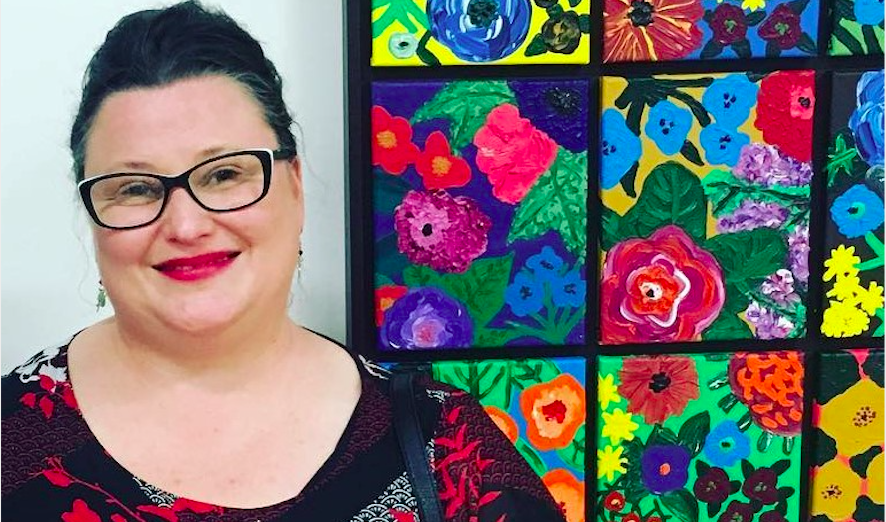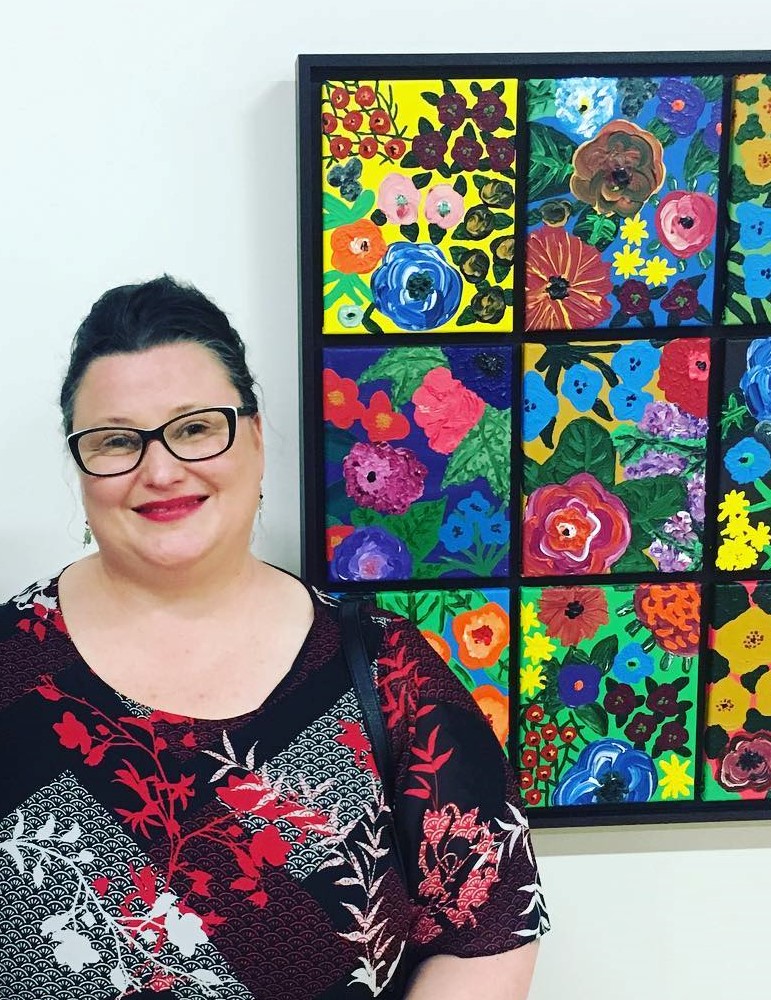
What first attracted you to a career in conservation? How did you get started?
When I was a child I wanted to be a vet but then I realised that it was a profession that didn’t always entail happy endings. I decided to study arts and arts management and I found myself working in grant funding at Arts Queensland and then managing operational and exhibition budgets at Museums Victoria. Whilst I loved these roles, I started to dream of working with the actual art and objects so I entered the Master of Arts (Conservation of Cultural Material) program at the University of Melbourne and have been delighted to work in conservation ever since. I have been fortunate to have held roles at Museums Victoria, National Gallery of Victoria, National Archives of Australia and the Queen Victoria Museum and Art Gallery.
What does a typical workday look like at the moment?
After almost nine years at the Queen Victoria Museum and Art Gallery in Launceston I have recently left and am now working in private practice. Before leaving QVMAG I co-curated an exhibition, Marjorie Bligh: Domestic Goddess, and have also recently successfully completed my first solo curated exhibition, Home Sweet Home, at the Sawtooth ARI Gallery. Therefore, my private practice now encompasses conservation and curatorial work with another exhibition on the horizon. There is a demand for conservation treatments in Tasmania as we don’t have many conservators currently living in and doing private conservation work in the state. My typical week also includes a lot of reading and writing as I am part way through my Doctor of Philosophy (Creative Arts) at the University of Tasmania. My PhD focuses on the life of Marjorie Bligh and a project, ‘Yarn Bombing for Marjorie’, that I project managed at QVMAG to complement the Marjorie exhibition. The yarn-bombing project is the largest community project that has been held at QVMAG to date.
Do you have a favourite object or collection that you have worked on?
This is a difficult question to answer as it is always changing; however, one exhibition that I loved working on was a retrospective of Frederick Strange artworks. I had the opportunity to carry out conservation treatments on works belonging to private lenders and those in the QVMAG collection. It is a privilege to work on significant artworks, especially when the work results in an exhibition that brings joy to gallery visitors.
Can you think of an experience that has changed your perspective on conservation or how you approach your work?
Working in a regional museum and art gallery provided me the opportunity to participate in conservation as well as other aspects of running an institution including being hands on with the production and installation teams. As they say, teamwork is dream work.
Has working in conservation taught you any skills that you use in other areas of your everyday life? Or do you bring everyday skills into the conservation lab?
An important part of our job is manual dexterity. Competencies from my personal hobbies including painting, knitting, crochet, embroidery and sewing have all helped me at some point whilst working on artworks or objects and skills learnt at work have helped me further develop my hobbies.
Interestingly, some of the skills learnt at work have changed how I approach situations around the home and have helped save the day … My plaster ceiling in the kitchen collapsed in the evening a couple of years ago after days of torrential rain. Without even realising it I went into disaster recovery mode so that my belongings in the kitchen and neighbouring loungeroom were not damaged and I had contained the situation before help arrived.
What is the one thing you wish more people knew about conservation?
I have been referred to as a ‘conservationist’ many times over the years as people readily know that term and often only understand what a conservator does if I refer to the idea of restoration. When explaining conservation, I always share that our roles are complex, and require patience and ethical integrity.
Anything else you might like to reflect on?
If you get a chance, get actively involved with AICCM. I have held positions on local divisions, a special interest group and am now National Secretary. Volunteering your time is rewarding and a great way to get to know what is happening in conservation around Australia and to learn from your colleagues. It can be fun too!
Anything else you might like to share for the public?
Think twice, and do not use that sticky tape! It may be a quick fix but as a paper conservator I have seen horrendous damage caused by sticky tape overkill.
